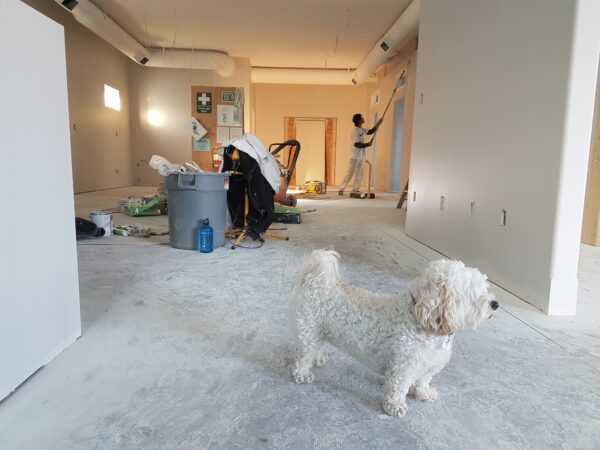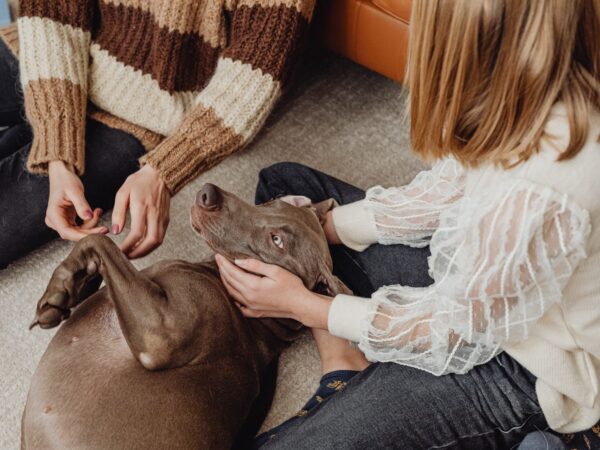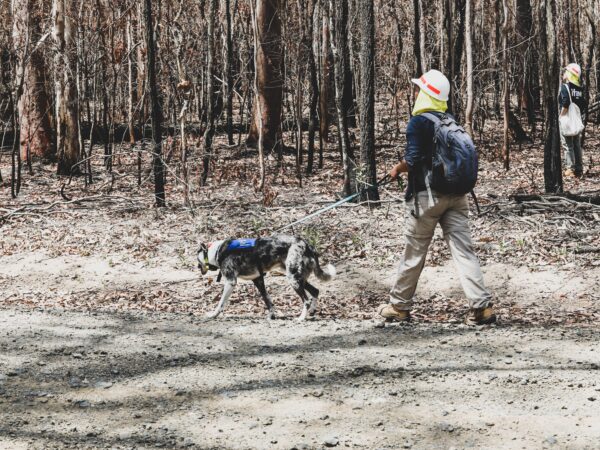Dogs and cats are among the most common pets in the world. They are furry, fun to cuddle, and can make great company. Nonetheless, training pets – especially dogs – can be a test in patience and perseverance. Good training is crucial for effective animal behavior modification, as it ensures that pets have good manners and obey commands. Training can be a difficult task, but it’s a rewarding one.
The benefits of having a well-trained dog or cat include a better relationship between you and your pet, fewer behavioral problems, increased safety, and better mental and emotional health for both you and your pet.
In this article, we will explore tips for effective animal behavior modification, including what training is, how to train your pet, and what to expect during the training process.
What is Training?
Pet training is a process of making your pet more obedient and well-behaved by teaching it basic commands and how to act appropriately in different situations.
The training could focus on correcting unwanted behavior, teaching tricks, or reinforcing positive behavior. An essential aspect of pet training is positive reinforcement.
Positive reinforcement means rewarding your pet when it does something you want it to do, such as sitting down or staying in one place.
The goal of training is to create a strong connection between you and your pet. It takes time and patience, and it’s essential to remain consistent. Training your pet should always be a positive experience for both of you. So, before starting training, make sure you have the right attitude and mindset.
Effective Tips for Animal Behavior Modification:
1. Start Early
Training should start as soon as you acquire your pet. Puppies and kittens are like sponges, eager to learn and willing to soak up information, so it’s best to start training when they are still young.
Young animals tend to adapt to new environments and routines quickly, which makes them easier to train than older animals. Young pets also benefit from socialization with other animals, which helps them develop positive behavior.
2. Learn Your Animal’s Personality
Animals have different personalities, just like humans. Knowing your pet’s temperament and personality can make a significant difference in how you approach its training.
For example, if your pet is shy and anxious, it may take more time and patience to train it. On the other hand, if your pet is outgoing and energetic, it may thrive on more challenging training and a more active lifestyle.
3. Consistency is Key
The key to effective training is consistency. Training your pet should be a daily activity that you commit to, just like any other task.
Make time for training in your daily schedule, and stick to it. Consistency helps reinforce the behavior you want from your pet and makes it easier for it to learn.
4. Use Positive Reinforcement
Positive reinforcement is essential in training your pet. When your animal behaves appropriately or responds to your commands, reward it with treats, praise, or playtime- anything that your pet enjoys.
Do this consistently to reinforce the positive behavior, and your pet will learn to associate this behavior with positive rewards.
5. Patience is a Virtue
You might become frustrated when your pet doesn’t behave as you want it to, but patience is a virtue in training a pet.
It takes time for animals to understand what you want them to do, and it can take even more time to put that understanding into action.
If your pet doesn’t listen to your commands or doesn’t understand what you are trying to teach, take a deep breath and try again later.
6. Use Clear Commands
Clear and concise commands are essential in training your pet. Use short, simple phrases when training, such as “sit,” “stay,” or “come.” Be consistent in using the same words each time you give the command, so your pet understands what you want. Use a positive tone when giving commands to encourage your pet to obey. Learn to communicate with them.
7. Use Positive Body Language
Animals are incredibly intuitive and respond well to positive body language. Use a positive, friendly tone and positive body language when training your pet. Smiling, making eye contact, and using an animated tone can make a significant difference in how your pet responds.
8. Take Breaks
Training can be intense, both for you and your pet. It’s essential to have breaks to rest and recharge both physically and mentally. Taking breaks also gives your pet time to process the information and get ready for the next training session.
9. Seek Professional Help
If you’re having trouble training your pet or need additional support, seek professional help. Animal behaviorists, dog trainers, and veterinary behaviorists can offer guidance and support in training your pet. They can also help you identify any underlying medical or emotional issues that may be contributing to your pet’s behavior.
Conclusion
Training your pet can be a challenging but rewarding process. Effective animal behavior modification can create a strong connection between you and your pet, leading to better behavior, increased safety, and improved mental and emotional health.
The most crucial aspects of training are consistency, positive reinforcement, and patience. With these tips, you can help your pet achieve the best behavior possible, leading to an even better relationship between you and your furry friend.











